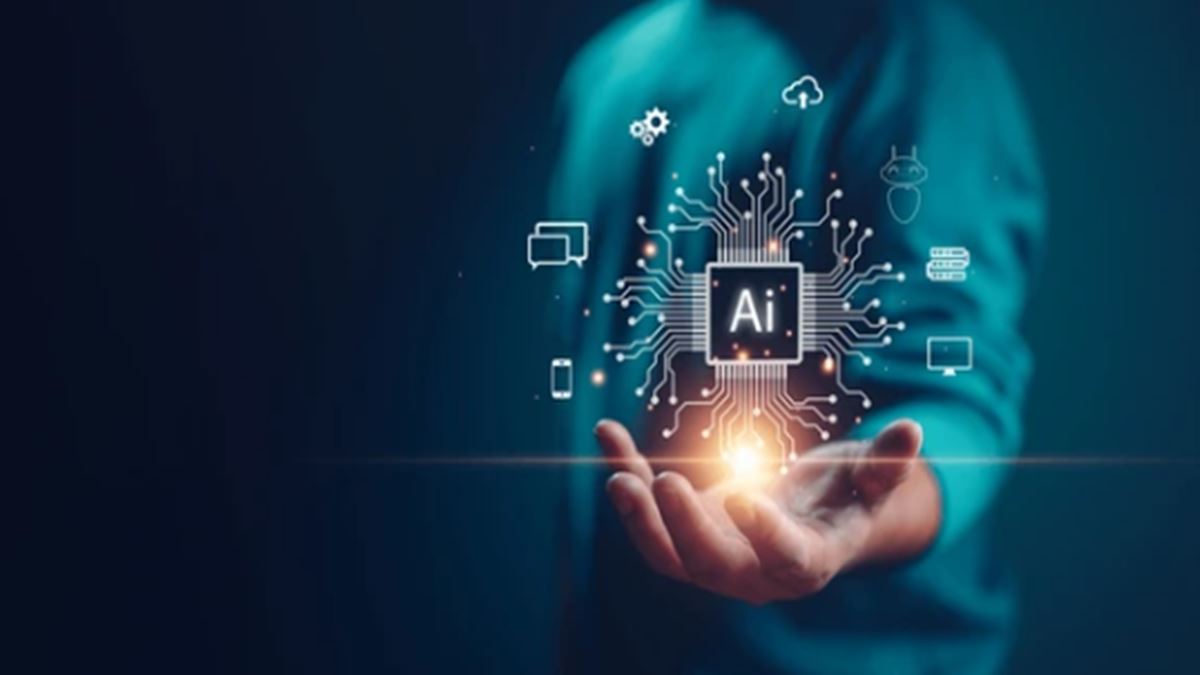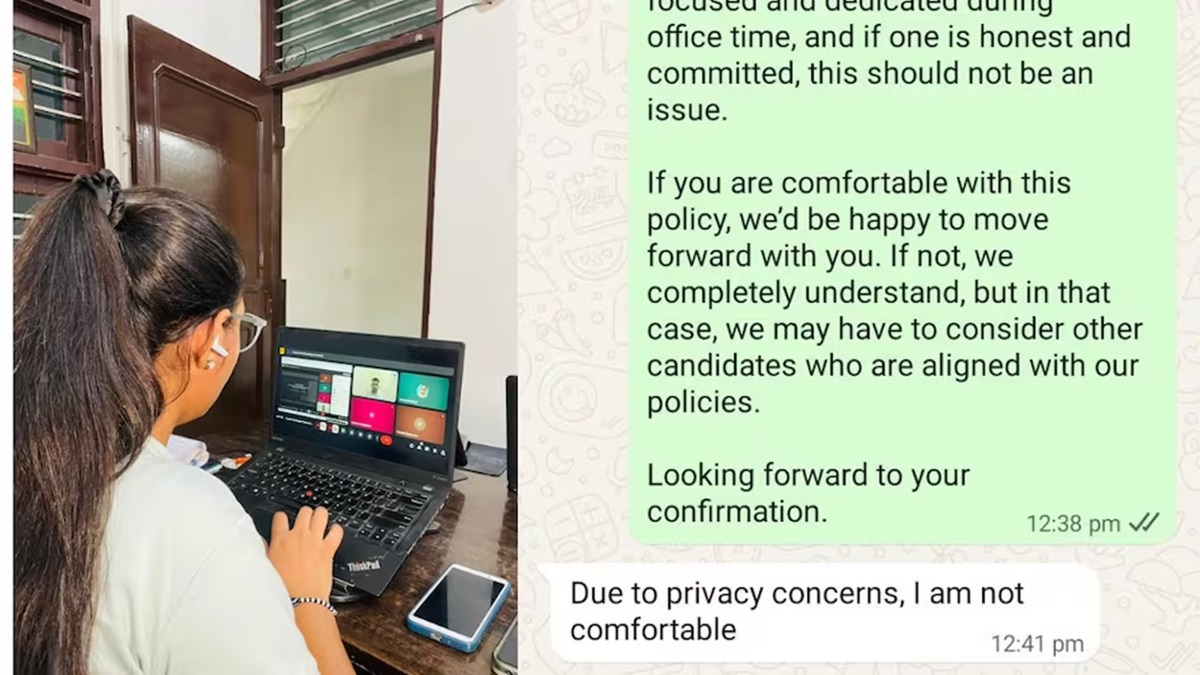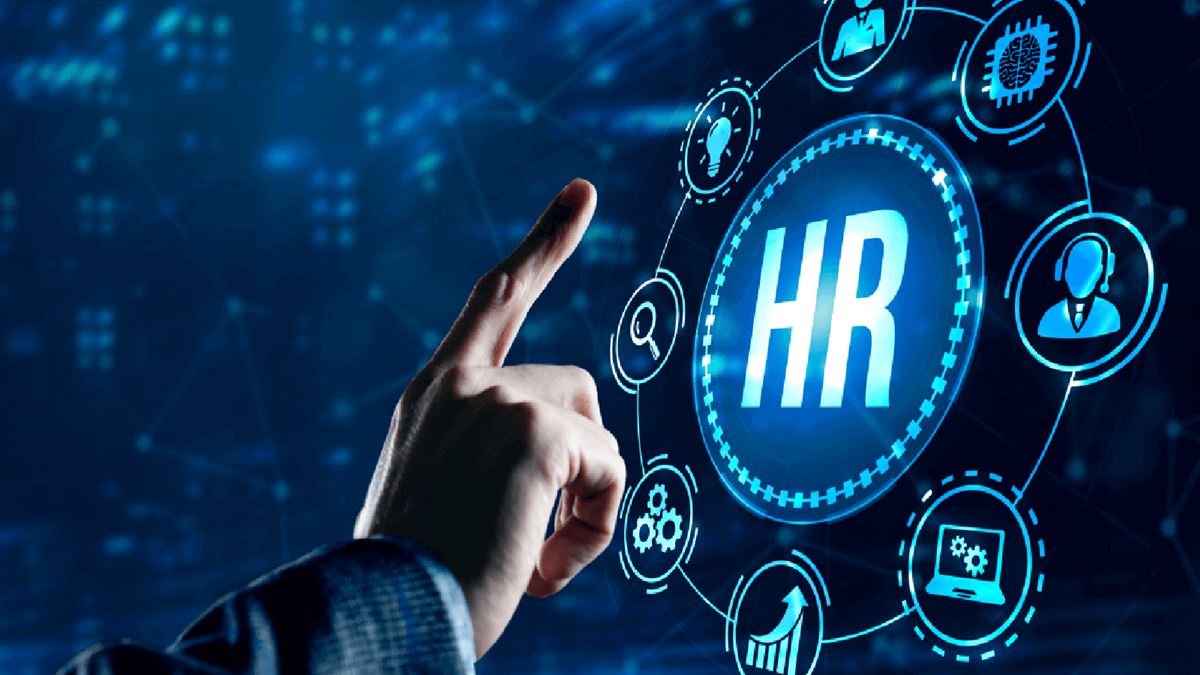It’s a tough time to be a small business in America. The specter of trade war looms large as President Trump moves forward with his wide-ranging, ever-changing slate of tariffs; the recently-revealed GOP tax plan (still subject to change) has investors eyeing the exits; and the ongoing march of technological progress—from AI to crypto to buy now, pay later apps—threatens to make once-reliable business models no longer tenable.
What’s an entrepreneur to do? For some, the answer could be employee ownership, a business model that aims to give workers a financial stake in the success of their employer, ideally aligning everyone’s incentives. Versions of employee ownership include direct equity stakes, stock appreciation rights and stock-based retirement plans.
Many participants see these plans as a key tool for employee retention and engagement; a Harvard Business Review paper found in 1987 that companies with employee stock ownership plans grew three to four times faster than those without. But especially amid periods of economic uncertainty, there’s reason to think that employee ownership can give companies a much-needed leg up: a recent study by Rutgers University distinguished professor Douglas Kruse estimated that employee-owned public companies are 20 percent more likely than comparable companies to survive, and that closely-held companies are half as likely to go bankrupt or shut down if they have employee ownership.
To learn more about how employee ownership works and why it might help companies navigate periods of economic uncertainty, Inc. spoke with Jon Burg, a managing partner at Infinite Equity, which helps companies design equity plans. This conversation has been lightly edited for clarity and length.
Can you tell me a bit about what employee ownership looks like?
We start by understanding why a company is calling us. What is it they’re trying to achieve? They either already have a philosophy or we’re helping them shape what their ownership philosophy is, and then more specifically, what the objectives they’re trying to achieve are. Usually those are framed in terms of: “What’s your future goal: growth, exit, IPO?” That’s your success mark. Then we come back to the ownership program and the awards they’re granting: “What do you want them to look like in those different areas of success?” Then we get into a dozen decisions. The endpoint could look very different for every single one of these companies.
When you’re done, we build out a model to understand what you’re going to give, and to who. Is it everyone? Is it senior leadership? Is it key performers? Every company answers that differently, but we determine how many are going to receive a stake and how much they’re going to receive—and then with modeling, we tell them how much dilution that is. Are you giving away 10 percent of the company? Then we look at future value; so what’s the potential value to an employee in the future?
It seems like the ownership in question is more akin to that of a shareholder than an executive or someone who has a board seat. These employees aren’t really decision-makers, but they are financially invested.
That’s fair. When we talk about ownership plans in a broad context, usually that means shares to people in addition to management. Most companies are either led by founders or they have senior executives they’ve brought in. In those scenarios, there’s either a presumption or an expectation and negotiation that there’s going to be shares to that C-Suite, and maybe the next level. Beyond that it varies widely.
How is this different from big tech companies that offer their employees vested stock options?
There’s a couple differences between public company ownership, or equity, versus that of a private company. The biggest difference is there’s real liquidity and there’s real value in public equity. In the private company space, you sometimes have to have your employees take a leap of faith that if you’re successful, this will have value. But there’s no punching a ticker into a browser and getting a stock value.
You’d need some sort of exit first.
Exactly. In the public company space—so Amazon stock or Google stock—most of these engineers and other employees, they’re getting salary and then they’re getting a value of restricted stock units. I think what’s happened for public company employees is that it doesn’t really feel like ownership anymore; it just feels like part of your compensation, delivered in stock as opposed to a paycheck. The liquidity in a public company makes it feel much closer to just cash.
Why might this model be beneficial during a period of economic stress?
You can market the program in a way that you’re just not able to market a salary program or bonus program—partly because it’s disconnected from how we think about cash and value, and also because it’s longer-term in nature. It gives you this opportunity to say, “The reason we give you these shares or these options or this phantom stock is because this is your piece of the pie. Your day-to-day job helps us build these products, and when we reach the point of our success that we’re striving for, you have a piece of that.”
In more difficult times, where the business might be reacting to more short-term fluctuations—whether it’s dealing with tariffs or uncertainty as to how much they’re going to sell—if the company is able to convey that their long-term vision has not changed, or maybe it’s changed a little bit but there’s still a plan, you can then shift to explaining: “The ownership program ensures that if we’re successful in getting through this difficult time, you still own that part of the company.” There might be short-term decisions that are going to feel painful, like no bonuses being paid out or no salary increases, but you can still point to this non-cash-based vehicle and say, “Hey, stick it out with us. Get us through this hard time, and if we’re all successful in growing the company, you will be rewarded.”
Why, amid all the economic uncertainty right now, might this be a good time to consider an employee ownership model?
If a founder is of the mindset that their employees are the most important aspect of the business—because they’re the one creating whatever the product or the technology is— you can quickly get them excited about how an ownership program is a way to really bolster the effectiveness of your workforce. It goes back to the fact that it’s different from paying employees cash. Not everyone can create a competitive offer for cash, but if you really get the ownership program right, it could be a differentiator in the recruiting process, or why someone decides to continue at your firm and ignore the headhunter calls.




















